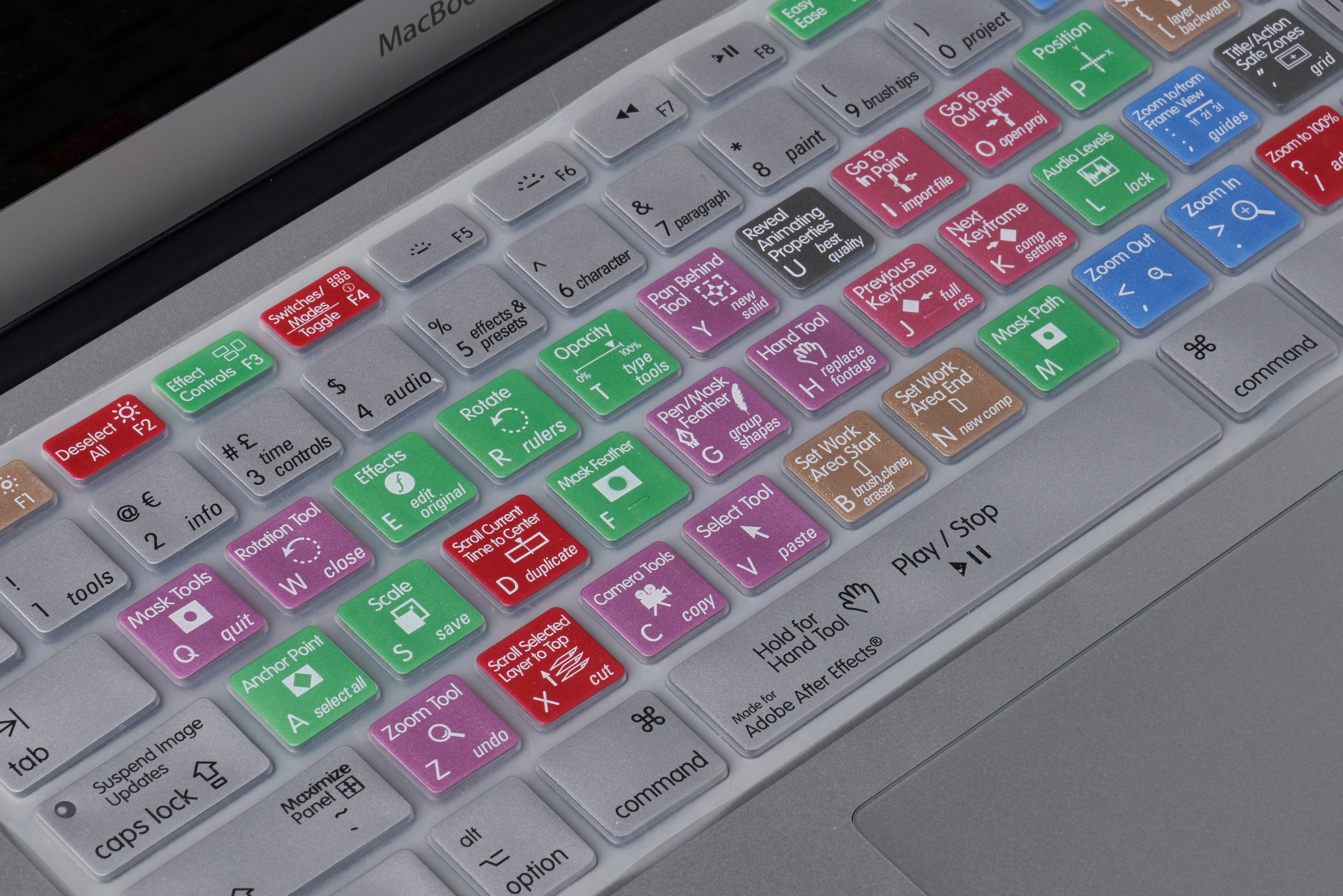
Many RStudio features can be operated entirely with the keyboard. More details on RStudio's theming features are in the Using RStudio Themes article.

It can be downloaded and installed from the Pebble-Safe GitHub page. Pebble-Safe is a colorblind-friendly theme created by Desi Quintans. Use the Tools / Global Options / Appearance settings pane to experiment and find the look that works best for you. You can change the look and feel of the RStudio user interface by choosing from three RStudio themes, and many editor themes. Consult web browser help for more details. RStudio Server relies on your web browser's zooming features. The size of text and other RStudio user-interface elements can be adjusted using the Zoom feature.įor RStudio Desktop, use the "Zoom In", "Zoom Out", or "Actual Size" commands on the View menu. In a few cases you need to know if you are using RStudio Desktop or RStudio Server: if RStudio is loaded in your web browser, then you are using RStudio Server otherwise, you have RStudio Desktop.įor the purposes of this discussion, "RStudio Server" encompasses both RStudio Server Open Source and RStudio Workbench (previously RStudio Server Pro).Įmail accessibility-related questions and comments to Zoom Level Some features discussed in this article require RStudio 1.3 or newer. Next time you're in your favorite app, try out its Help menu functions to see how deeply they've been implemented.The RStudio IDE has many features and options to help you work the way that best suits your needs. For instance, you can use Safari's Help field to search your bookmarks and recent browsing history for keywords to quickly navigate back to web pages. Hit Enter, and the action will be performed for you.ĭepending on the app, this feature can even extend to contextual menu functions. Hover over one of these with your mouse, and macOS will locate the action for you by pointing an arrow at it in the corresponding menu. Next time you type into the Help menu's Search field, check to see if the results include any Menu Items. For example, some apps may include FAQs, manuals, or links to online help, while others may offer very little.Īnother neat built-in feature of the Help menu is its ability to point to available actions in other menus for the currently active app. It's important to remember that if the active app is a third-party one, the contents of the Help menu can differ depending on how much effort the developer has put into it. If it's an Apple app you're using, search results come from the official macOS User Guide, while the direct help link below the search field takes you straight to the relevant section of the guide, or in the case of Finder, the main contents page. Below this, you'll also see a direct link to the help documentation for the currently active application, which is useful for looking up topics manually.

At the top of the Help menu is a Search field for typing in the subject you need help with. You can use the keyboard shortcut Command-Shift-/ to quickly access the macOS Help Menu. The ever-present Help menu in your Mac's menu bar is an easily overlooked aspect of macOS, but it's home to some surprising and extremely handy features that every user can benefit from.Īpart from being a useful first port of call for any queries you may have about the application in use or your Mac in general, it also serves as a menu navigator.


 0 kommentar(er)
0 kommentar(er)
